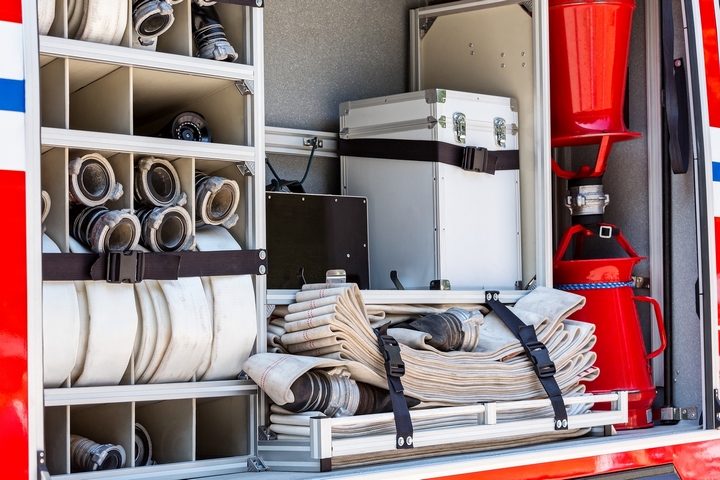In working with heat-resistant materials, many are now capitalizing on the safety advantages provided for their working duties. Companies across the marketplaces are now looking to invest in heat-resistant materials for their teams, and within this latest post, we’ll explain a little more about the subject as we showcase some of the applications for heat-resistant materials.
1. Fire sleeves

One of the leading applications for heat resistant materials is the use of materials in fire sleeves to protect firefighters from the high temperatures they battle on a daily basis. Fire sleeves are used on firefighting equipment directly to protect cables and other important equipment from being damaged by the high temperatures.
2. Sealants

Within the industrial marketplace, companies are working with high-temperature materials regularly to manufacture their final product. They require sealing systems that are designed to the highest levels of heat resistance to ensure both the safety of their application and the safety of their team. The latest heat-resistant materials are ideal for use in the sealing industry. Sealants can now be designed to withstand temperatures up to 1000c.
3. Tapes

When industrial piping requires tape coverage due to cracks or other forms of damage before it can be fixed, companies must work with heat-resistant tapes to ensure the area is protected against further corrosion and liquid impact. This is essential for companies working with temperatures of liquid above 100c. Heat-resistant tape is now used throughout the marketplace and continues to be one of the most popular safety product products.
4. Rope

Within the firefighting field, the use of heat-resistant materials is common in safety missions. One of the leading products in this area is heat-resistant rope. Firefighters harness heat-resistant rope during their rescue missions when they must remove someone from a burning building without risking the rope burning and giving way during the rescue. The leading rope products are designed to offer superior abrasion resistance to help enhance the tensile strength and weight-bearing capacity of the product.
5. Blankets

A fire blanket is a device that is used to extinguish a fire at its starting stages. The blankets are often found within chemical plants and industrial facilities working on high-temperature applications. But they are primarily used to put out small house fires such as when a kitchen oven is overheated and an oven grill catches fire. The blanket can put the flames out in seconds and ensure that cleanup work can begin.
6. Cable assemblies

Cable assemblies can now be designed using heat-resistant materials. This is ideal for cabling companies because it limits the damage to the infrastructure when a fire impacts the interior of a building. Cable assemblies within industrial facilities can be designed so that the fire doesn’t travel along the cable to equipment when an electrical fire starts in the building.
Now that you know a little more about the various heat-resistant materials, it’s important that you take the time to work with a qualified manufacturer for the production of heat-resistant products in your facilities. When choosing a company, try to find a specialist with decades of experience in the industry and a comprehensive understanding of how to customize heat-resistant products. Another leading consideration should be the range of products the company offers. Work with the firm directly to discuss their catalogue and the equipment available for your facility.
Heat-resistant materials are now protecting workforces and changing the way many companies do business. To learn more about the available options in the marketplace, contact local market specialists in your area today.




